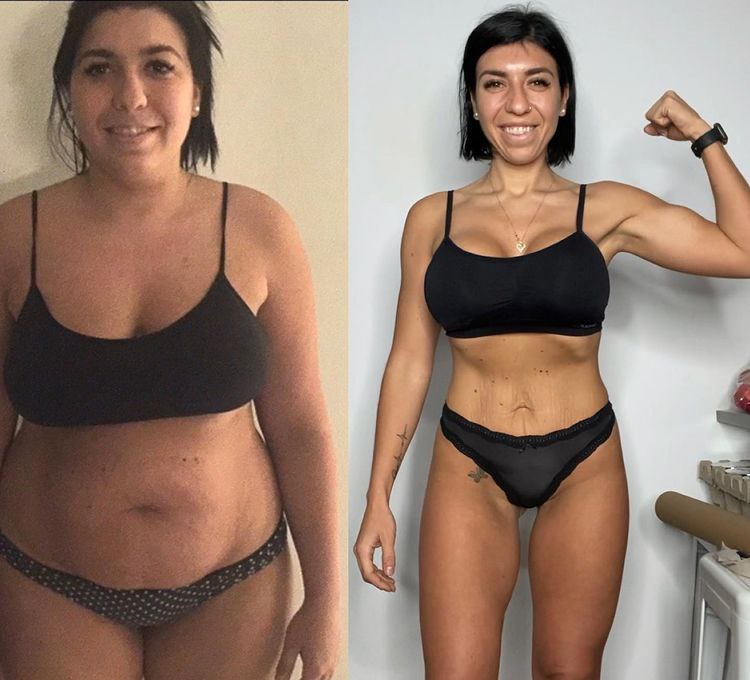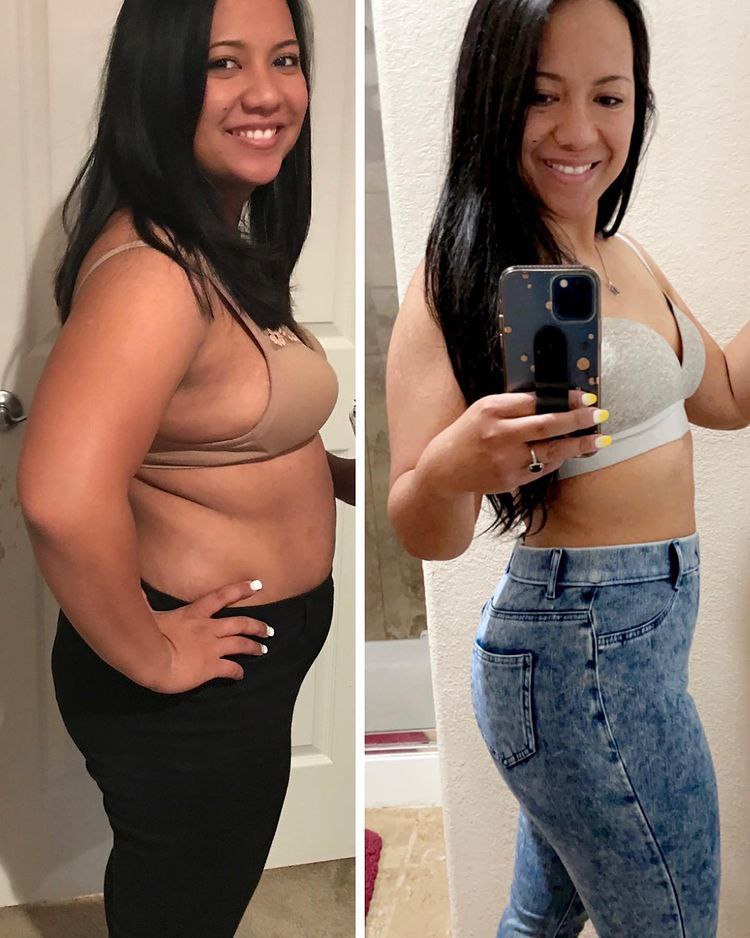Introduction to Weight Loss and Dieting
Weight loss is one of the most common health goals for many people, but it can be challenging to navigate all the conflicting advice out there. Whether you want to shed a few pounds for a special occasion or embark on a long-term transformation, a well-structured diet plan is essential. But here’s the good news: weight loss doesn’t have to be about extreme restrictions or endless deprivation. It’s about balance, making smarter food choices, and creating habits that last.
So, how do you create a sustainable diet that helps you lose weight? Let’s dive in.
How Weight Loss Works
Before jumping into the specifics of a diet plan, it’s important to understand the basic principle of weight loss: calories in versus calories out.
- Calorie Deficit: The fundamental concept behind weight loss is that you need to consume fewer calories than your body burns. This forces your body to use stored fat for energy.
- Balancing Macronutrients: Your diet needs to include a balance of the three main macronutrients — proteins, carbohydrates, and fats. Each plays a crucial role in weight management and overall health.
- Metabolism: Your metabolic rate (the number of calories your body burns at rest) plays a significant role in weight loss. Factors like age, genetics, and activity level influence metabolism, but certain foods and exercises can help boost it.
Key Components of a Successful Weight Loss Diet Plan
A weight loss diet plan doesn’t need to be complicated, but it does need to focus on these essential components:
- Portion Control: The key to any successful diet is to control portions. By eating smaller, more frequent meals, you can keep hunger at bay while maintaining a calorie deficit.
- Whole, Nutrient-Dense Foods: Opt for whole foods that are rich in vitamins, minerals, and other nutrients. Vegetables, lean proteins, whole grains, and healthy fats should be staples.
- Staying Hydrated: Drinking enough water is often overlooked in weight loss, but it’s crucial. Water helps you feel fuller, supports digestion, and improves metabolism.
Popular Weight Loss Diets – What Works Best?
There are many different diet plans out there, each with its own set of rules and recommendations. Here’s a look at some of the most popular ones:
- Low-Carb Diet (Keto, Atkins): These diets limit carbohydrate intake, pushing the body to use fat as its primary energy source. The Ketogenic Diet, for example, encourages consuming high fats and very low carbs to enter ketosis—a fat-burning state.
- Intermittent Fasting: This eating pattern cycles between periods of eating and fasting. Popular methods include the 16:8 model (fasting for 16 hours, eating within an 8-hour window).
- Mediterranean Diet: Based on the traditional eating habits of countries like Greece and Italy, this diet focuses on whole grains, fruits, vegetables, lean proteins, and healthy fats like olive oil.
- Plant-Based Diets: These diets emphasize whole, plant-based foods like fruits, vegetables, legumes, and grains. They’re lower in calories but rich in nutrients, making them ideal for weight loss.
Daily Meal Plan for Weight Loss
Here’s an example of a day’s worth of meals on a healthy weight loss diet:
- Breakfast: Greek yogurt with mixed berries and a handful of almonds. This combination offers protein, healthy fats, and fiber to keep you full until lunch.
- Lunch: Grilled chicken salad with mixed greens, cherry tomatoes, cucumbers, and olive oil dressing. Lean protein from the chicken helps build muscle while the salad adds fiber and nutrients.
- Dinner: Baked salmon with quinoa and steamed broccoli. Salmon provides omega-3 fatty acids and protein, while quinoa is a whole grain packed with fiber.
- Snacks: Raw veggies with hummus, or a handful of mixed nuts. These low-calorie, nutrient-dense options curb hunger between meals.
Foods to Include in a Weight Loss Diet
For sustained weight loss, focus on these food groups:
- Protein Sources: Eggs, chicken, turkey, tofu, beans, and fish. Protein helps you feel fuller for longer and boosts metabolism.
- Healthy Carbohydrates: Whole grains like brown rice, quinoa, oats, and fruits like apples and berries provide slow-burning energy.
- Healthy Fats: Avocados, nuts, seeds, and olive oil are great sources of healthy fats, which are essential for hormone balance and keeping you satisfied.
- Fiber-Rich Foods: Foods like legumes, vegetables, chia seeds, and flaxseeds are packed with fiber, which helps digestion and promotes a feeling of fullness.
Foods to Avoid for Effective Weight Loss
To achieve your weight loss goals, it’s important to limit:
- Processed and Junk Foods: These are high in calories, sugars, unhealthy fats, and provide little nutritional value.
- Sugary Beverages: Sodas, energy drinks, and even some fruit juices are loaded with sugar and empty calories.
- Refined Carbs: White bread, pastries, and sugary cereals spike blood sugar levels and don’t provide lasting energy.
The Importance of Exercise in Weight Loss
While diet is the primary driver of weight loss, exercise accelerates the process and helps maintain muscle mass. Combining cardio exercises (like running or cycling) with strength training (like lifting weights or bodyweight exercises) is the most effective approach.
Managing Cravings and Emotional Eating
Cravings are one of the biggest challenges in sticking to a diet. Here are a few tips:
- Stay Hydrated: Often, we confuse thirst with hunger, so drinking a glass of water can help curb cravings.
- Eat Mindfully: Slow down and savor each bite. This helps prevent overeating.
- Address Emotional Eating: If you find yourself eating out of stress or boredom, try finding healthier outlets like exercising, journaling, or talking to a friend.
Common Myths About Weight Loss Diets
There are many misconceptions about weight loss, such as:
- Myth 1: You must cut out all carbs. The truth is that carbs are essential for energy. The focus should be on healthy carbs like whole grains and vegetables.
- Myth 2: Eating less is the only solution. Eating too little can slow down your metabolism and cause nutrient deficiencies.
- Myth 3: Weight loss is the same for









